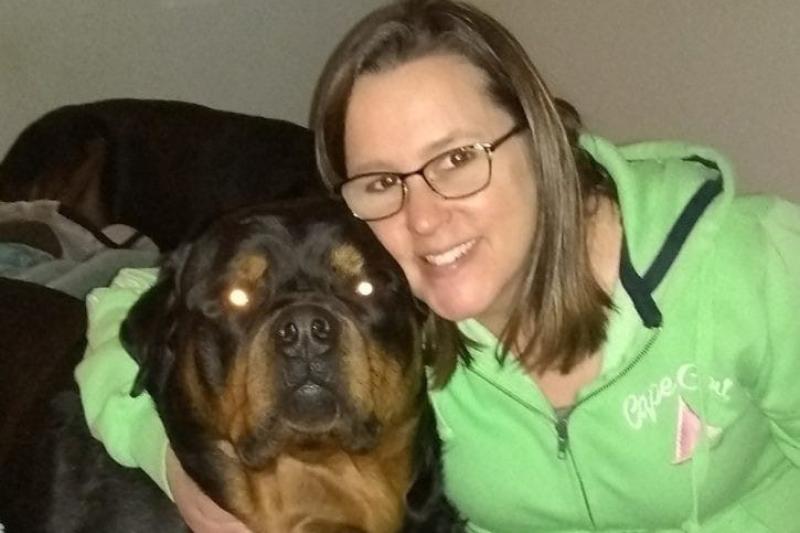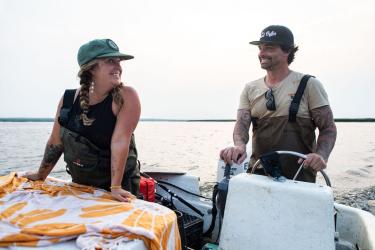Where did you grow up?
My father was in the Army. I was born in West Germany while he was stationed overseas and spent the first 5 years of my life as an “army brat.” I lived in Iowa and New Jersey before my family moved to Hallowell, Maine to a house that had been in my father’s family for three previous generations. I’m very fortunate that my parents still live there! Aside from a couple of years of college in Massachusetts, I have lived in Maine most of my life.
Where did you go to school and what did you get your degree(s) in?

I thought I needed to get away from the small town life, so I looked at schools outside of Maine. I settled on Framingham State University in Massachusetts and studied food science, but I was terribly homesick. After my second year of school, I transferred to the University of Maine in Orono and changed my major slightly to nutrition and food service. I always had an interest in what nutritional benefits food provided us, and there are several different career paths you can take with a nutrition degree, so I liked having the options. However, the nutrition guidelines changed so dramatically and often just during the 4 years I was in school. Although I really enjoyed my studies, I feared I would have a difficult time advising people on what they should eat. As it turns out, the food and beverage distribution center where I had been working offered me a full-time position when I graduated. I took the job, and within a year I was the office manager of the Bangor branch.
How did you come to work at the Northeast Fisheries Science Center?

I moved around a bit through the years. I worked as a contract administrator for a construction company, then served as an office manager for a fine wine and beer distributor. I was never completely satisfied with my career, however. I responded to the advertisement for my current position not really knowing much about the job or who I would be working for. It met the basic criteria I was looking for in terms of location and pay, and I felt confident I could perform the tasks required. Before the interview, I actually thought I would be working in a shack along a stream with fish dissections being performed all around me. I was relieved to find out I would be working in a more professional atmosphere, and not actually need to handle any fish!
What do you do at the Center?
I am the Administrative Assistant for the Science Center’s Maine Field Station, and have been in this position for just over 4 years. Our office is unique in that we also house team members from the Greater Atlantic Regional Fisheries Office and the NOAA Restoration Center. I do a combination of things, from running the office to serving as the inventory contact, timekeeper, and travel arranger. I am the face of the office when you first arrive.

I also assist with some of the outreach activities. My youngest son, Brady, likes to help me at these events. He has become really good at educating others about the Stream Smart table. The table helps us convey stream dynamics and the impacts of human manipulation and barriers on migrating species. Kids can play in "sand" (actually recycled plastic pieces) to create a scene while water is pumped across the table to replicate a stream. By controlling the speed of the water and using tools, the kids can see how culverts and dams impact the ecosystem.
What do you like most about your job?
I really love the people I work with. There is such a mix of personalities here, it keeps things interesting! But seriously, the people are very kind and considerate to me, which makes my days enjoyable. I also enjoy being surrounded by science. It’s ever-changing and often very exciting and interesting.
What are some of your hobbies?
I have two boys, ages 12 and 16, so my home life really revolves around their likes and needs. I am in the fifth year of serving on the school board in Milford, Maine, where I have lived for the past 16 years, and very involved in many other activities at the school. When I’m not at the school or on the football or soccer field, I enjoy baking and sewing. I also have two Rottweilers, Knox and Gravel, who despite their huge size are really just big babies! Thankfully, we live in the woods so all four boys have plenty of space to run off their energy!



